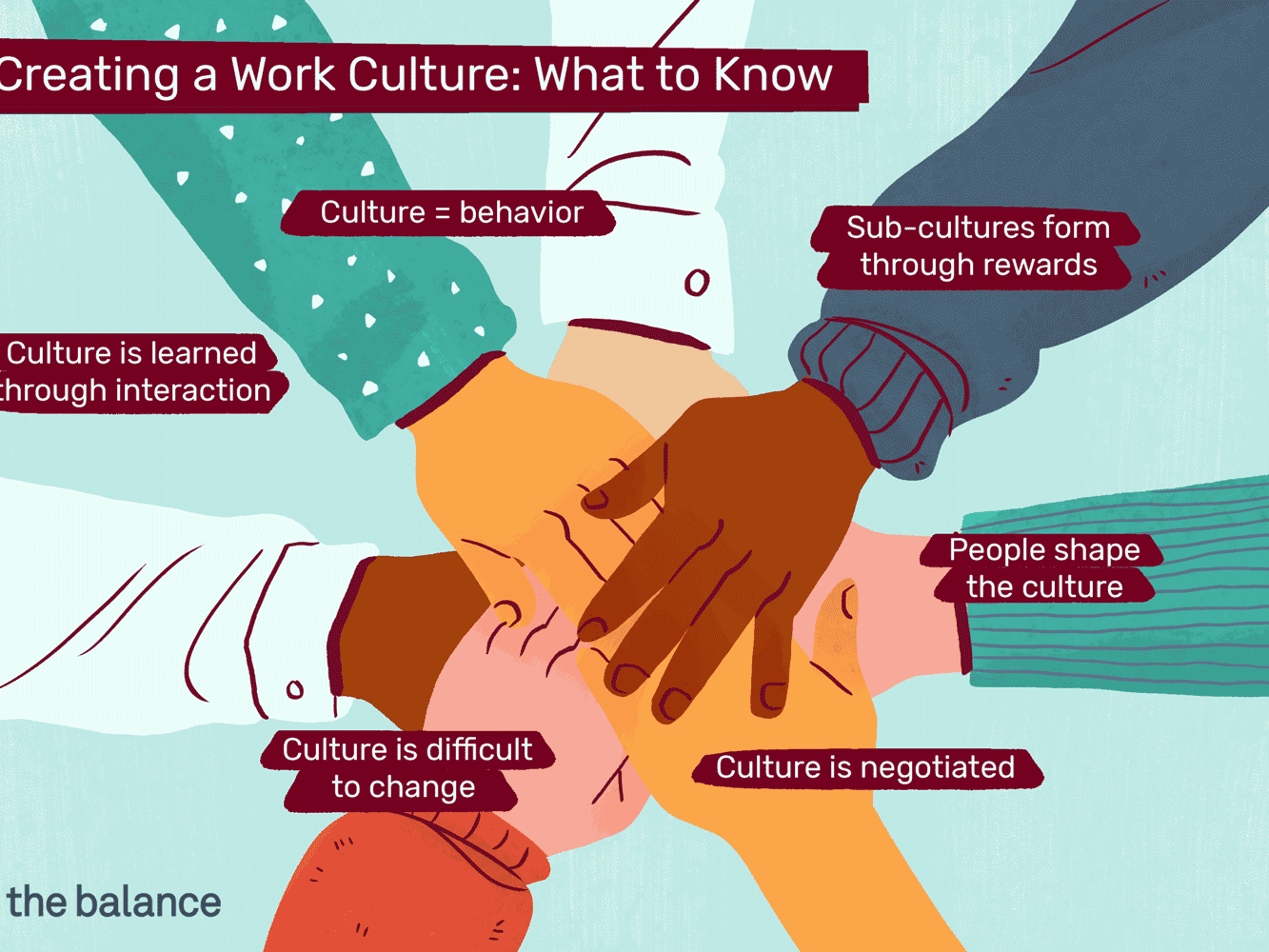How To Manage Your Teamwork Effectively: 7 Useful Tips to be a Good Leader
 |
| Photo: Lovepik |
| Contents |
Here are 7 useful tips by KnowInsider to help you manage your teamwork effectively:
#1. Clear purpose, goals and expectations for the team
All successful team management starts with answering two very basic questions – why the team exists, and which goals need to be meet (on the individual and team level). The “why” speaks to the heart and the goals speak to the mind. To get the best out of people, you need to address both.
In organizations and teams, everything starts with why. The “why” describes the mission of an organization (or a team) and provides the core belief behind why the team exists.
It gives purpose to the team, a sense of mission and emotional drive, especially for going through hard times. The “why” is also the glue that brings people together and connects them on an emotional level.
 |
| Photo: PR Daily |
But having a strong drive is never enough. You also need to have a clear goal of what must be achieved and what steps to take to get there.
Too many times, managers assume that the team just knows what needs to be done and how it can be achieved.
Since people can’t read minds, you always need to clearly communicate what needs to be done, what is expected from each individual, and what are the standards.
The basic management tools everyone must use:
Start with why: provide a clear emotional purpose of why the team exists
Write down the team’s goals: make sure everyone knows what the team must achieve next
Script the critical moves: provide a plan of how the goals will be achieved in small manageable tasks
Delegate tasks in a smart way: make sure that the right people tackle the right set of tasks (according to their abilities and potential)
Definition of done: clearly define the standards that you expect for each task
Customizable workflow template: Workflow templates have become essential for any project. Whatever task your team is working on, you need a central tool to set up and visualize key components of the process, how they fit together, and the order in which to complete the tasks. However, how to create a workflow?
#2. Create Your Team's Culture
“I think it’s easy for people at many companies to become cynical, which then leads to politics, which can create cancer that can topple even the greatest companies.” — Kathy Savitt, managing director at Perch Partners, a consulting firm.
According to The New York Times, all families have values, even if they aren’t discussed explicitly. There are certain behaviours that are encouraged and discouraged — like rules of the road — for how everyone is going to (try to) get along and spend their time.
 |
| Photo: The Balance Careers |
Teams aren’t really that different. Pull together a group of people to work on any project, and they will develop a culture of their own, and it will be as unique as the people in the group.
As a leader, you can take a laissez-faire approach and hope the team meshes well over time. Or you can look for opportunities to set some shared guidelines for how people will work together.
There are no hard and fast rules for developing the cultural values of a team. In some cases, the founder of a company will issue them to employees. In others, top executives will turn the exercise over to employees to make it a bottom-up effort.
#3. Build trust among team members
The Five Dysfunctions of a Team written by Patrick M. Lencioni is one of the best books on leadership and team management.
It talks about five big dysfunctions of a team that need to be addressed separately and in the right order. The five big dysfunctions are: Absence of trust, fear of conflict, lack of commitment, avoidance of accountability and inattention to results.
As you can see, it all starts with an absence of trust. If there’s no real and deep trust among team members, the team just can’t properly function.
If the team members are in the defensive mode because there is an absence of trust, then they often don’t support each other, they gossip, manipulate or even plot among themselves. It’s a big waste of energy, time and efficiency.
 |
| Photo: Small Business Trends |
A sign of mistrust among team members is when team members are not open with one another. But the big question is, how to build trust among team members?
An HR software company Know Your Team did a study among 597 successful leaders, to find the leadership behaviour traits that truly build trust among team members.
Surprisingly, the most effective ways to build trust are not what leaders usually assume.
To be more exact, activities that have a small impact on building trust among team members are:
Team building
Giving recognition
Complete transparency
#4. Keep your door open
 |
| Photo: Centre for Creative Leadership |
Avoid being the last to know about issues with projects or between team members by making yourself approachable. Learn to listen first before responding and show respect for what your employees say when they do come to you. In this age of remote offices, letting employees know you're available takes more than just leaving your office door open, Turbinhq cites.
You have to encourage them to come to you with any questions and remind them that, even if you are not available right now, you will do everything you can to make time for them.
Facts About Team Efficiency And Productivity: According to a CareerBuilder survey, about 75 percent of employers say that more than two hours of efficient work are lost every day.
#5. Hold regular planning and review meetings
Meetings can be a huge waste of time. But not if they’re managed properly with a very clear and specific intention.
By far the best framework for team meetings is offered by the SCRUM agile methodology. SCRUM has become very popular in the past decade and is used by thousands of successful teams all over the world. It has roots in software development but is today used in many different industries.
 |
| Photo: Lifesize |
The basis of SCRUM planning and reviewing are so‑called sprints. A sprint is a short, usually bi-weekly time-boxed period when a team works to complete a set amount of work. During the sprint there should be 3 main types of meetings held:
Sprint planning: At the sprint planning meeting, the team decides what will be completed in the next 14 days. The most important tasks should be selected and visualized on the Kanban board. Team members’ capacity should be reviewed, together with days off, and each selected task should be assigned to a specific team member. It gives a clear answer to what needs to be done.
Daily stand-up meeting: The stand-up meeting should be held every morning for 15 minutes maximum. It’s called a stand-up meeting because team members should be standing during the meeting, to really keep it under 15 minutes. It should be held every day, at the same time, in the same place. Each team member answers only two questions: What did I do yesterday? What will I compete today? The main intention of the morning meetings is to keep the rhythm of the team and the visibility of the work done.
Sprint review and retrospective: After the sprint ends, the team should review the work done and which items were not completed and why. The team should also do a retrospective analysis of what went well during the sprint, and what unexpected problems the team ran into. In the end, the team should brainstorm how they can improve.
#6. Recognise your employees' talents
 |
| Photo: Vantage Circle HR Blog |
Each employee will bring a different skill set to the company and respond to different employee recognition strategies.
They all have their own employee strengths that, if nurtured in the right way, can be used to benefit the company.
It's on you, as their manager, to identify and draw out these talents. Once identified, you can work with the employee to figure out the best way to use their skills and what additional training they might want or need to take it to the next level.
#7. Be a good coach to your team
 |
| Photo: Shaw Academy |
Google Oxygen Project investigated for a decade what the best managers at Google do differently and what kind of impact they have on team performance. The conclusion of their study was clear: the quality of management has a very big impact on the team’s and company’s performance.
They identified eight behaviours that differentiate great leaders from average ones. Great leaders:
Regularly coach their teammates.
Empower their team and don’t micromanage.
Express interest in the team members’ professional and personal well-being.
Are productive and result oriented.
Are extremely good communicators, meaning they listen and share information.
Help their teammates with career development.
Have a clear vision and strategy for the team.
Possess enough technical skills to advise the team.
The number one thing that great leaders do differently is that they coach their team members. They take time for every individual to show them how things can be done better, they provide encouragement, support and other resources needed for people to thrive.
Great leaders as coaches actively listen, build rapport, ask questions and give constructive feedback. If you want to successfully manage a team, you must become a good coach.
 How to Manage Your Time Effectively as a Student How to Manage Your Time Effectively as a Student Time management is important for you to do the study with focus. Student’s success in studies depends much on managing time efficiently. Here are some ... |
 How to make more professional slides on Powerpoint? How to make more professional slides on Powerpoint? Powerpoint is an assisted tool to draw audience's attention as well as help them keep track of the content of presentation during the presentation. Those ... |
 How to Improve Your Microsoft Excel Skills? How to Improve Your Microsoft Excel Skills? Technology has taken the business world by storm. People and businesses are progressively reliant on the technology world these days. Leaning to improve your Excel ... |























